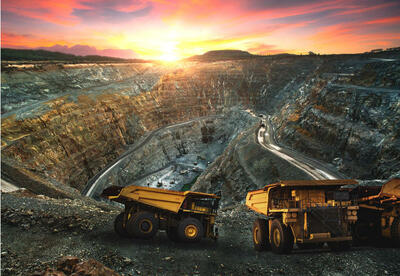Mining for EV Minerals - The Honest Accounting
Editor's Note: Putting an end to the "Electric is Clean" Fairy-tale
Special to The Auto Channel
From Gary Vasilash
Editor-in-Chief at AutoBeat Group
Although battery plant announcements are frequent and impressive, the researchers at Benchmark Minerals pointed out earlier this month that those plants—and the vehicles they are to power—may be more than a bit lacking in something that is crucial for their operational existence: materials availability.
Recycling can help minimize the amount of required mining. Ford and Redwood Materials, for example, are working on a closed-loop battery recycling plan.
Like graphite, lithium, nickel and cobalt.
They looked at the number of mines currently in operation, the amount of material produced by a mine on average, and the anticipated amount of materials for vehicles necessary in 2035.
And there is a whole lot of digging to be done.
- Lithium. Now about 678,000 tons are produced. 3,332,000 tons will be needed by 2035. If the average mine produces 45,000 tons per year, then there’s a need for about 74 new mines. Recycling could help reduce that to about 59 mines.
- Graphite. There are two types: natural flake and synthetic. For natural, 6,100,000 more tons will be needed, or 97 mines. This could be reduced if more silicon is used in anodes. For synthetic, there’s capacity for 2,100,000 tons now, 3,100,000 tons more are needed, so 54 more plants by 2035.
- Nickel and Cobalt. The amount of nickel will nearly double: there are 3,160,000 tons now and the number in 2035 is expected to be 6,200,000 tons. So with an average 42,000 tons per mine, 72 more mines are needed. As for cobalt, there will be 312,000 tons needed on top of the current 177,000 tons, so with an average of 5,000 tons per mine, that means 62 more. Again, recycling could reduce the number to 38 mines.
Which means as many as 359 new mines will be needed by 2035.



